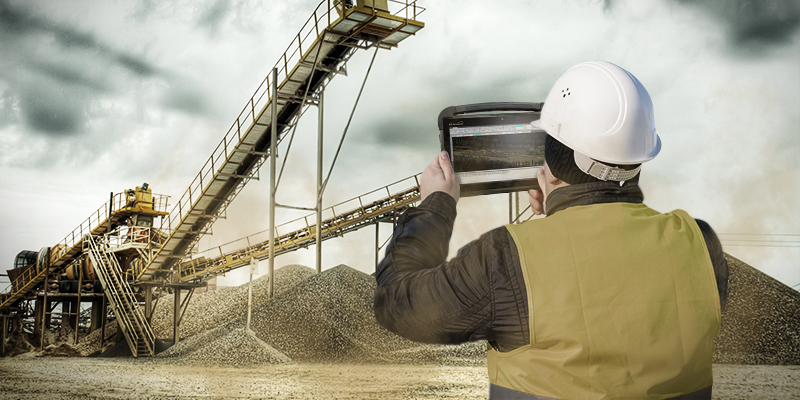
When you work in the area of architecture or design, mobility is important to be able to work in the field, requiring the ability to update plans outside the office rather than having to wait to go back to the office to make digital updates. When working to create 2D and 3D computer image art, it is important to find a balance between technical limitations and artistic sensibility.
Rugged tablets are the construction industry’s answer to the cumbersome way of collecting data while on a construction site. Gone are the days of using paper and pencils and transferring handwritten data to a computer, which takes double to triple the amount of time needed to log information, costing precious time needed for completing the project. Crews can upload building information models from the field, eliminating the need for paper plans and solving problems on the site by instantly accessing plans or 2-D/3-D models in real-time.
3D Modeling
At the beginning of a construction project, 3D modeling is used to simulate potential designs, estimate costs, and identify potential flaws within architectural models. In the past, it was often difficult for individuals to truly understand how a construction project would look when it was completed. The advances in 3D modeling have made it so that architects, engineers, and stakeholders can walk through a virtual model of the project before it’s even built.
The Intel® RealSense 3D rear-facing camera, integrated seamlessly into DT Research’s rugged tablets, captures 3D scenery and objects, overlaying virtual information into a live image feed. Users can capture depth-based images for applications such as volume dimensioning, measurements, scene capture, and much more.
Digital Twin
For designers and planners facing the challenges of designing a smarter, more sustainable building and community, creating a digital twin is a powerful game-changer. So what is a digital twin? Quite simply, a digital twin is a virtual model of a process, product, or service. This pairing of the virtual and physical models allows analysis of data and monitoring of systems to head off problems before they even occur, prevent downtime, develop new opportunities and even plan for the future by using simulations.
This real-time reporting makes digital twins excellent for running simulations and trying out hypothetical scenarios before putting money or resources into a new construction project. The lessons learned from a twin can be applied to the original system with less risk and more return on investment.
Digital replicas of real-world objects through 3D modeling and digital twins can help construction companies mitigate risk and deliver more with fewer resources. In addition, the technology means that the various pieces of a structure can be produced in an off-site factory and then assembled on-site—thus buildings can be not only easily assembled but also disassembled and reused.
Rugged tablets integrate seamlessly with both 3D modeling and digital twins, allowing a secure place for all data, models, and information to be held and accessed. Data logged into the system is accessible by anyone with secure access to that part of the network. Secure options can include passcodes, CAC readers, or RFID technology that integrates with the tablet.

